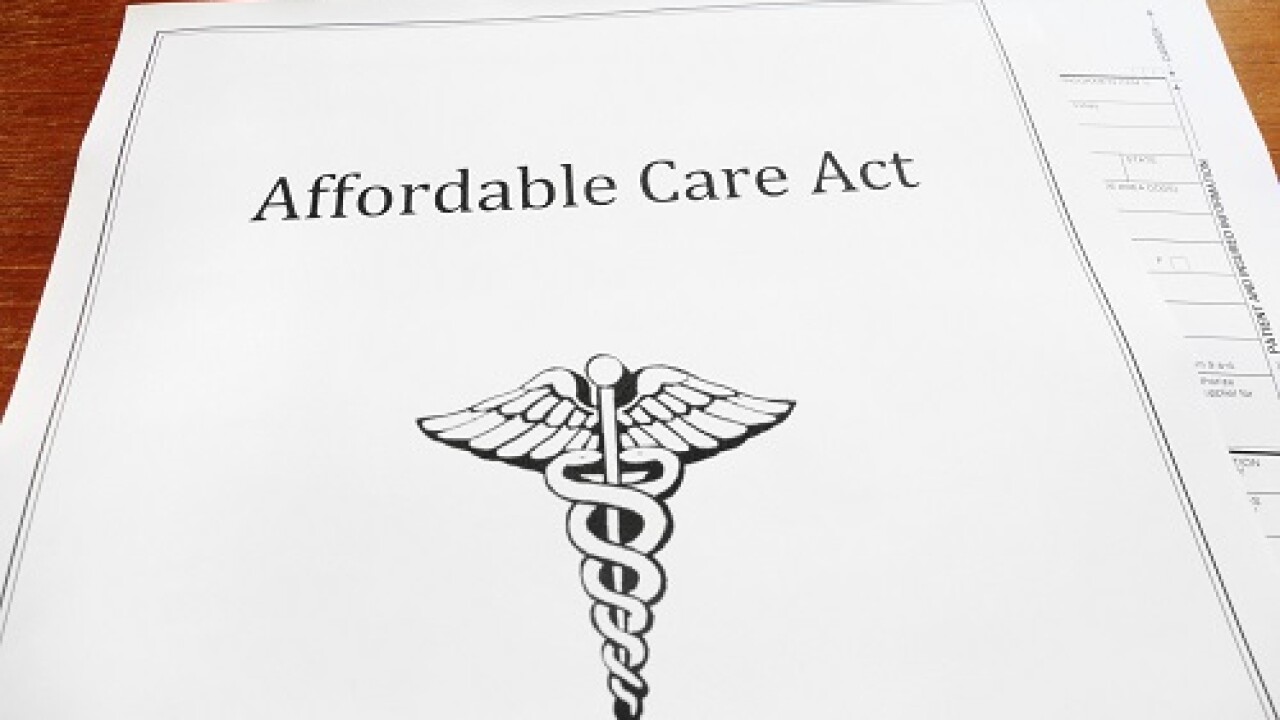It’s hard to believe more than two years have passed since the Governmental Accounting Standards Board issued its long-awaited revision to governmental lease accounting.
GASB Statement 87 transforms the rules that govern accounting for nearly all types of leases, including real estate, vehicle and equipment. For most government entities, compliance means changing their entire approach to lease accounting and financial reporting.
When Statement 87 goes into effect for reporting periods after Dec. 15, 2019, government entities will no longer be able to treat operating leases as a period rent expense. Instead, entities are required to report finance leases on the balance sheet as an obligation and related right of use asset. The subsequent impact on the P&L will result in a front loading of expenses. Some experts believe this could make financial statements much more volatile in the future — and possibly have a substantial impact on the lessee’s debt/equity ratio. It could also affect an entity’s overall credit worthiness from a bond issuance perspective.
Adopting and complying with Statement 87 guidelines has presented unexpected challenges. For those still working to meet the deadline, there are lessons to be learned from entities further down the path to compliance. The following are 10 of the most common mistakes encountered on the road to Statement 87 compliance:






